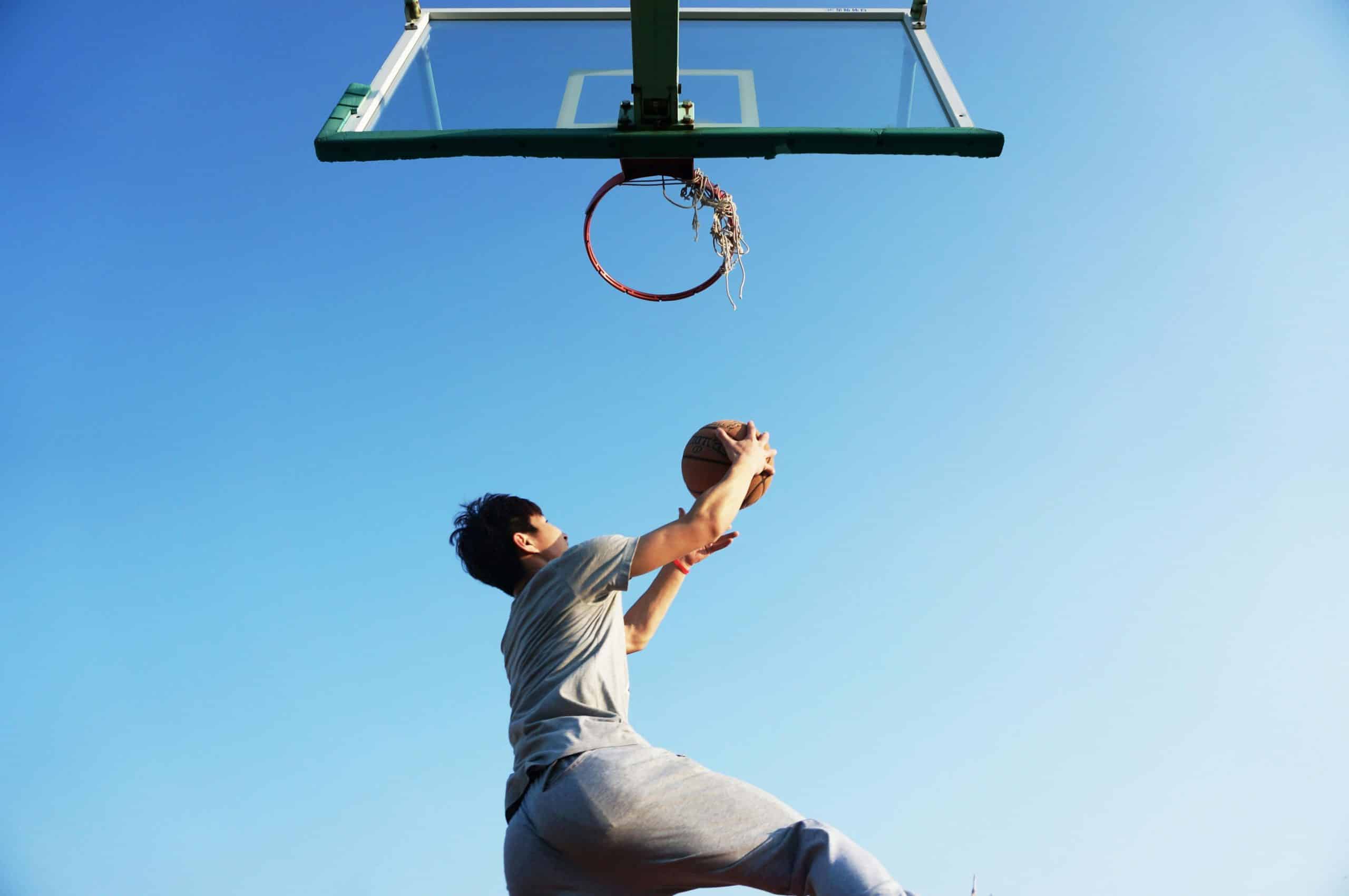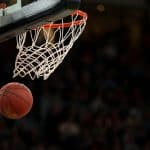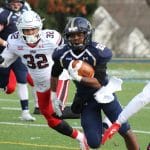If you’re a basketball player, you’re no stranger to injuries. From sprains to tears, the sport is physically demanding and often results in various types of injuries. Among these, ankle injuries are most common, hindering the players’ performance and sometimes even threatening their careers.
Ankle injuries, especially sprains, can significantly undermine a player’s functional capabilities on the court. In the National Basketball Association (NBA), for example, ankle sprains account for approximately 13.2% of total injuries. Therefore, understanding the best recovery methods for ankle injuries is crucial for players at all levels, including those in the United Kingdom.
A lire aussi : How can individual defensive drills be structured for UK basketball players to improve one-on-one defense?
In this article, we’ll delve into the specific recovery strategies that UK basketball players should employ after ankle injuries. We will explore the science behind these injuries, the importance of proper recovery, and the best practices for getting players back on the court.
Understanding Ankle Injuries in Basketball: The Role of Data in Medicine
Before we can discuss recovery, it’s essential to understand the nature of ankle injuries in basketball. These injuries typically involve damage to the ligaments, either through a sprain (overstretching) or tear. Acute ankle sprains are particularly common in basketball due to the players’ quick, high-impact movements.
A voir aussi : Which strategies can UK basketball coaches employ to maximize player potential during the offseason?
Data has played a significant role in the field of sports medicine, helping professionals understand injury patterns, identify risk factors, and develop effective prevention and recovery strategies. By analyzing injury data, med professionals can pinpoint common causes of ankle sprains and other injuries in basketball, such as poor landing techniques or insufficient warm-up.
To recover effectively from an ankle injury, you need to understand what caused it in the first place. In many cases, it’s not just about treating the injury but also addressing the root cause to prevent future injuries.
The Importance of Immediate Response to Ankle Injuries
When an ankle injury occurs, the immediate response can significantly impact the overall recovery process. The first step often involves the RICE method: Rest, Ice, Compression, and Elevation. Rest allows the ligament to start healing, while ice can reduce swelling. Compression helps to minimize inflammation, and elevation assists in draining excess fluid.
Pain medications can also help during the acute phase of an ankle sprain, but they should be used cautiously under medical supervision. Prolonged use of pain medication can mask symptoms and delay recovery.
Remember, the immediate response is just the beginning of the recovery process. It’s necessary to follow up with a comprehensive treatment plan that includes physiotherapy and rehabilitation exercises.
Rehabilitation and Physiotherapy: Key to Functional Recovery
After the initial healing phase, rehabilitation and physiotherapy become crucial for functional recovery. The goal is not just to heal the ligament but also to restore strength, flexibility, and balance. This is particularly important for basketball players, who need these abilities to perform on the court.
Physiotherapy usually involves a range of exercises designed to progressively challenge the injured ankle. These might include balance exercises, resistance training, and sport-specific drills. The exercises should be tailored to the individual player’s needs and abilities, taking into account their overall fitness level and specific role on the basketball team.
Remember that rehabilitation is not a quick fix; it requires patience, consistency, and a positive mindset. It is imperative to work with a skilled physiotherapist who can monitor progress and adjust the program as needed.
The Role of Nutrition in Injury Recovery
Nutrition plays a vital role in injury recovery. After an ankle injury, the body needs specific nutrients to repair damaged tissues and combat inflammation.
Protein is particularly crucial, as it provides the building blocks for tissue repair. Omega-3 fatty acids can help to reduce inflammation, while vitamins and minerals, like Vitamin C and Zinc, support the overall healing process.
Hydration is also essential for recovery. Water aids in nutrient transport and can help to flush out waste products from the healing process.
Remember, nutrition should complement other recovery strategies, not replace them. It’s essential to combine a balanced diet with appropriate medical treatment and rehabilitation exercises for the best results.
The Value of Psychological Support in Injury Recovery
Lastly, don’t overlook the psychological aspect of injury recovery. An injury can be a significant setback for a basketball player, causing stress, frustration, and even depression.
Mental health professionals can provide valuable support, helping players to cope with their situation and stay motivated throughout the recovery process. Techniques such as mindfulness, visualization, and goal-setting can be particularly beneficial.
Remember, recovery is not just about the physical body; it’s also about the mind. By addressing both aspects, basketball players can not only recover from ankle injuries but also come back stronger, ready to face the challenges of the game.
Integrating Key Findings from Google Scholar and Pubmed for Ankle Injury Recovery
Relevant research findings can be instrumental in enhancing players’ understandings of ankle injuries and their recovery. Numerous refereed articles, systematic reviews, and studies available on platforms like Google Scholar and Pubmed offer a wealth of valuable insights into sports medicine and ankle sprain recovery.
Papers published in reputable journals shed light on various aspects of ankle injuries, including the mechanism of injuries, the impact of different recovery methods, and strategies for preventing re-injury. For instance, studies have shown that lateral ankle sprains (involving the ligaments on the outside of the ankle) are the most prevalent type of ankle injury among basketball players. This can help players and coaches focus their prevention and recovery efforts more effectively.
Other findings from sports med literature emphasize the importance of thorough rehabilitation to restore full range of motion and strength in the ankle. Research also highlights the potential benefits of using brace or tape during the return play phase to provide additional support and prevent re-injury.
By keeping up-to-date with the latest research, players can gain a more nuanced understanding of their injuries and the recovery process. This, in turn, can help them make informed decisions about their treatment and return to play strategies, enhancing their chances of a successful recovery.
The Final Stretch: Effective Return Play Strategies after Ankle Injuries
Once a player has undergone the initial response, rehabilitation, and physiotherapy phases, the final hurdle is the return play stage. This phase is critical as it transitions the player from the recovery mode back to their high-performance routines.
A systematic review of sports medicine literature reveals that a gradual return to activity is often the best approach. Players should start with low-impact exercises, progressing to more challenging exercises that mimic the movements and intensities of actual gameplay. This gradual approach helps to minimize the risk of re-injury, allowing the ankle to adjust to the increasing demands being placed on it.
High ankle sprains, which affect the ligaments that connect the two bones of the lower leg, can be particularly challenging to recover from. Players recovering from these types of injuries may need to take additional precautions during the return play phase, such as wearing a brace or using tape for extra support.
It’s also vital for players to listen to their bodies during this phase. If any pain or discomfort is experienced, it’s a sign that the ankle may not be fully recovered, and further rest or treatment may be necessary.
Remember, the goal is not just to return to play as quickly as possible, but to do so in a way that promotes long-term health and performance.
Conclusion
Ankle injuries, including ankle sprains and high ankle sprains, are common occurrences among basketball players. With the right strategies in place – immediate response, rehabilitation, physiotherapy, nutrition, psychological support, and informed return to play – players can effectively manage these injuries, minimize their impact, and reduce the risk of re-injury.
The sports medicine realm, fueled by insights from Google Scholar, PubMed, and other resources, offers a wealth of knowledge that players can tap into. A comprehensive understanding, guided by these resources, can empower players to make informed decisions and drive their successful recovery journey.
Remember, recovery from an ankle injury isn’t just about getting back on the court; it’s about returning with increased strength, resilience, and an improved understanding of injury prevention.











